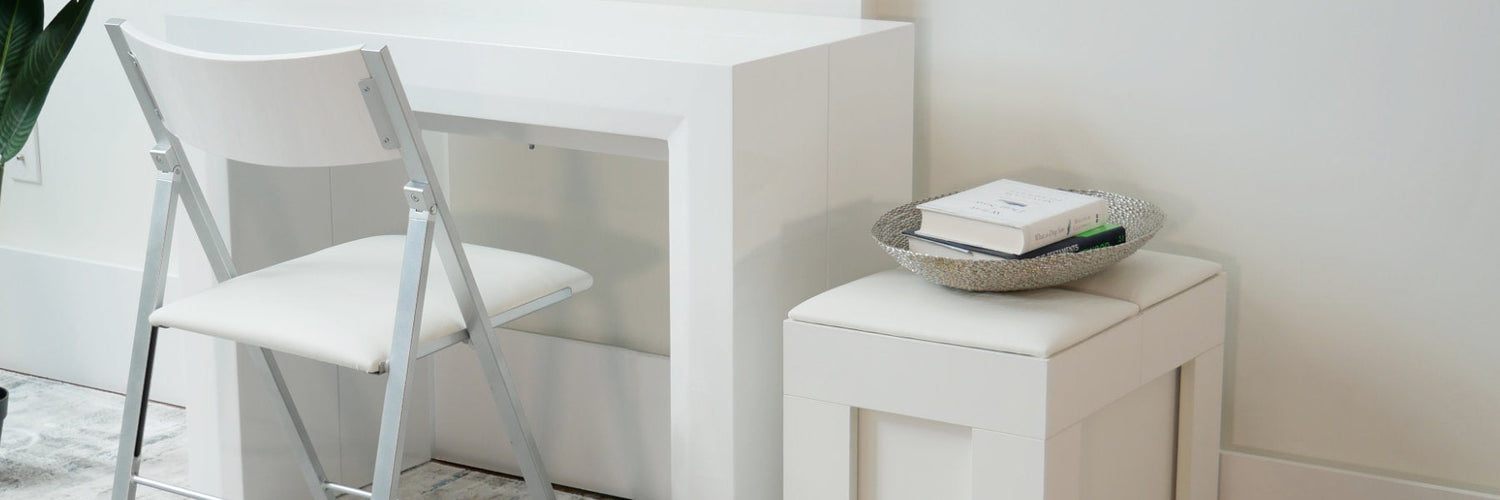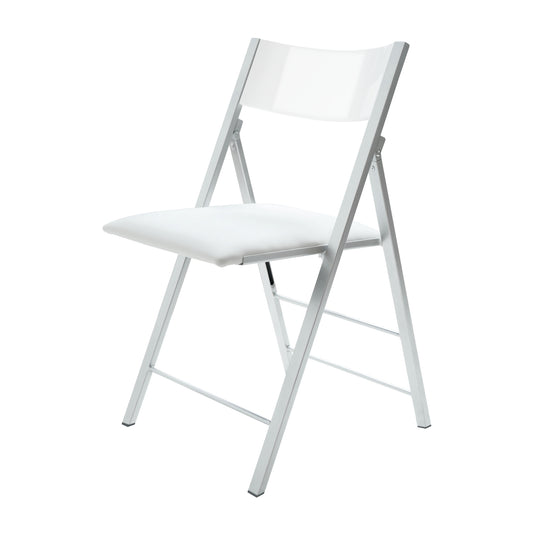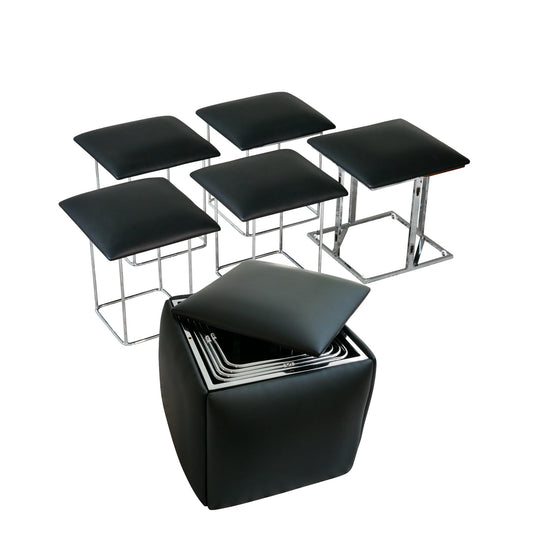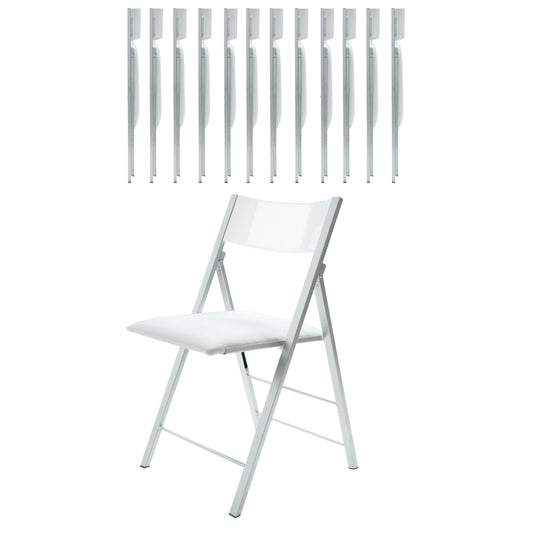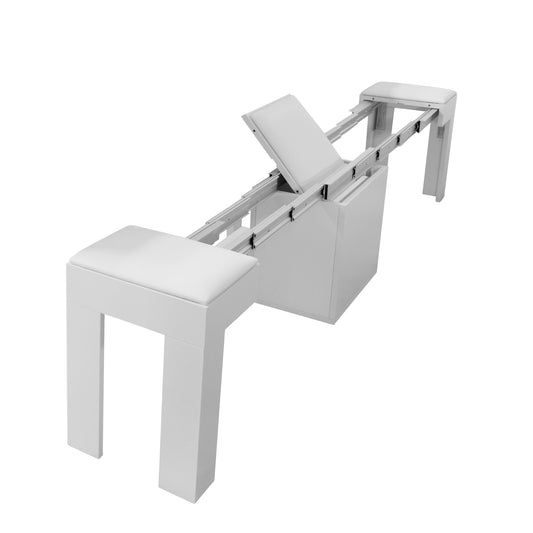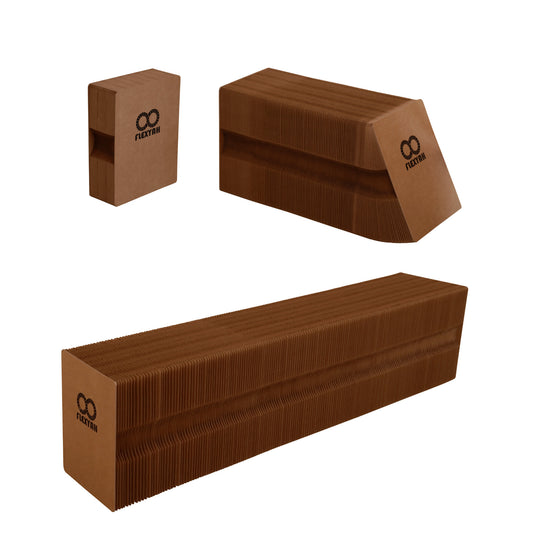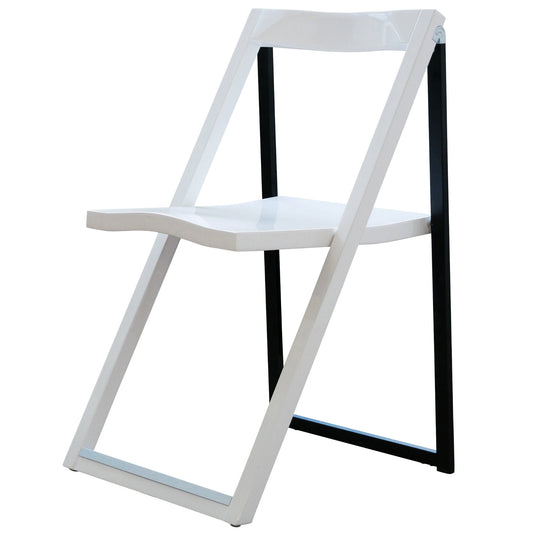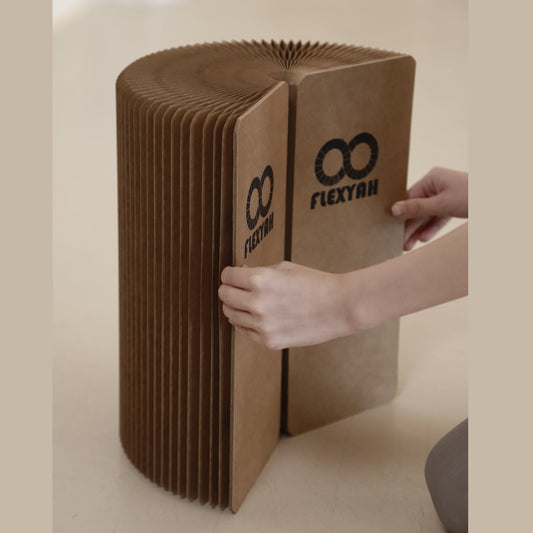Everything from the shape, color, and size of plates, to the lighting in the room, and the metals of the silverware will impact someone’s appetite. Colors may even change the flavor of the food based on our perception.
Knowing how to mix and match gives you an advantage when planning a nice family meal, helping to ensure there’s no leftovers during a holiday dinner, or if you want to reduce your appetite if you want to eat less. Instead of just thinking about how to match your table setting to the dining table set, think about the science behind serving the perfect meal.
This guide walks you through everything from how the colors you choose will impact the flavor and your appetite to the lighting in the room that sets the mood.
Tableware Color
A large part of how we interact with food initially and anticipate the flavor is based on color, which you can elevate by choosing the right colored plate. Some colors may help to enhance the flavors of the food while others may increase someone’s appetite.
Here’s a quick list of some ideas of how the colors of tableware may impact our perception of food based on information we found at Springer Journals and the NIH with.
- Red - associated with sweetness, spiciness, and heat.
- Pink- associated with sweetness and umami (delicious and savory taste). It has a stronger association with sweetness than red.
- Orange - associated with sweetness.
- Yellow - Typically associated with sourness.
- Green - Associated with sourness and bitterness.
- Violet- color associated with both bitter and umami.
- Blue - associated with saltiness and coldness.
- Black - associated with bitterness.
Using plate color to enhance flavor
Different colors are associated with different taste profiles, like red with sweetness or blue with saltiness. These associations program our brains to expect that flavor which helps enhance our experience as we eat. One way you can use this is by serving a chocolate dessert on a black or dark colored plate which can make us think the dessert tastes richer and more chocolate-y.
Fun fact: Drinks consumed from blue or ‘cold-looking’ glasses make them feel more thirst-quenching compared to drinks in cups in warm colors.
Tableware color to stimulate appetite
The color of the tableware like plates will impact appetite including blues which scientists assume makes food appear less appetizing because we naturally associate it with molds and non-edibles, or red which we associate with ripe fruits and meats making it a stimulating color.
Fun fact: Some studies like this one have shown that serving unhealthy food like desserts on red plates leads people enjoy them less. If you want your guests to indulge in non-chocolate desserts, use white plates and dessert forks or spoons to enhance flavor!
For a more modern feel that can stimulate the appetite, try black plates or warmly colored plates in reds, yellows, or oranges. For example, a study was done looking at how much pasta with red sauce was eaten when served on a white, red, or black plate. The result was that people ate more from the red or black plate showing that the plate increased their appetite!
The goal is not to create contrast but to choose a plate color that complements the food, like red sauce on a red or black plate. A white plate would complement the food more and enhance the flavor if it were pasta with alfredo.
The Delboeuf Illusion and Plate Size
How your guests look at the portions you serve will also depend on the size and design of the plate, based on the Delboeuf illusion. The Delboeuf illusion is created by having two circles, one inside of the other, just like the design of a plate!
Plates with thin or colored rims will make the portions served seem smaller because the inner circle where the food is will appear bigger to the eye. This leaves more empty space around the food making it seem like a smaller portion.
If the plate has a wide rim, the portion size will seem bigger even if the plate is the same size as the thin rimmed plates. This is because the food will appear to fill the entire available space for food on the plate.
So, if your guests at the table have ever seemed overwhelmed by a normal portion on a plate, it could be the Delboeuf illusion stuffing them prematurely. Try using plates with thinner rims to make the portion seem smaller and see if they eat everything.
Utensils and Cutlery
If you have guests who can’t eat a lot of sodium or someone in your life who says everything you serve is salty, changing out your silverware could enhance their dining experience. Zinc and copper utensils have a stronger bitter or metallic taste compared to gold, chrome, or stainless steel cutlery.
For guests who need to avoid salt, using zinc or copper utensils will add a salty flavor to their food without affecting their diet. If your family or friends always complain about too much salt, switch to stainless steel or one of the neutral cutlery materials to see if that works better for them.
Choosing Background Colors for your food
The atmosphere you create with colors can impact a meal whether it is a kitchen for casual dining or a dining room for formal meals like dinners, holidays, and entertaining guests. Both the tablecloth and the walls can have an impact. You may not be able to change the wall colors, but the table cloth is an easy and inexpensive opportunity.
Tablecloths as Your food’s background
Using a table cloth that contrasts the plates and table setting can increase the attractiveness of what you put down, luring diners to your table. For example, if you want to make the vegetables more appealing to picky eaters, focus on creating contrast like pairing light orange with cucumbers or salads, or bright bell peppers and salsas with blue tablecloths.
Stimulating hunger with Wall Color
When designing your dining room, choose warm colors like reds, oranges, and yellows for the walls, which can stimulate hunger. This is everywhere including fast-food restaurants that incorporate these colors into their designs and steakhouses.
Just a glance at the logo or billboard on a road trip makes you feel hungry, and suddenly, you’re turning into the drive-through or trying to remember what’s left in your fridge. Warm colors are generally stimulating and will push diners towards eating compared to cooler tones like blue that promote calm and relaxation. This is one of the reasons you’ll see deep and rich tones like reds at fancy french restaurants and steakhouses.
If you want a more neutral dining room that will still lead your guests to clean their plates, use warm toned whites or earthy/coppery browns.
Lighting
The ideal lighting to highlight your meal varies depending on what kind of meal you’re planning. For an intimate dinner with family or friends, dim ambient warm lighting or choose a room that incorporates natural light (like a skylight). This has been shown to create a comfortable environment focused on the meal and conversation.
Lighting can also be customized on a per person or group basis to create the perfect ambiance. Think of your favorite restaurants and how you engage with your friends and family at them. Do you sit for hours laughing and having fun or enjoy a meal and finish in a reasonable time so you can get on with your day.
Mimic their lighting style including bright light or dim, and where it comes from like a low hanging lamp or recessed lights overhead. You’ll have a baseline for what causes you and your loved ones to enjoy and talk for hours, or keep a consistent pace and finish the meal.
Fun fact: One study found that men ate less in rooms with blue lighting compared to white or yellow lighting.
For parties or meals with older family members, use uniform soft lighting that combines direct and indirect lighting. The brighter environment creates more contrast between the food and room, making the table easier to navigate by older family members whose eyes may need the extra help to see. The brighter lighting also makes the room feel more clean and can attract the group to the table at mealtime.
Creating an atmosphere that makes food tastier, suppresses your appetite, and makes people want to eat faster or slower is a combination of color, size, shape, and lighting. Now you have the tools you need to “set” the perfect scene for a fantastic meal.
